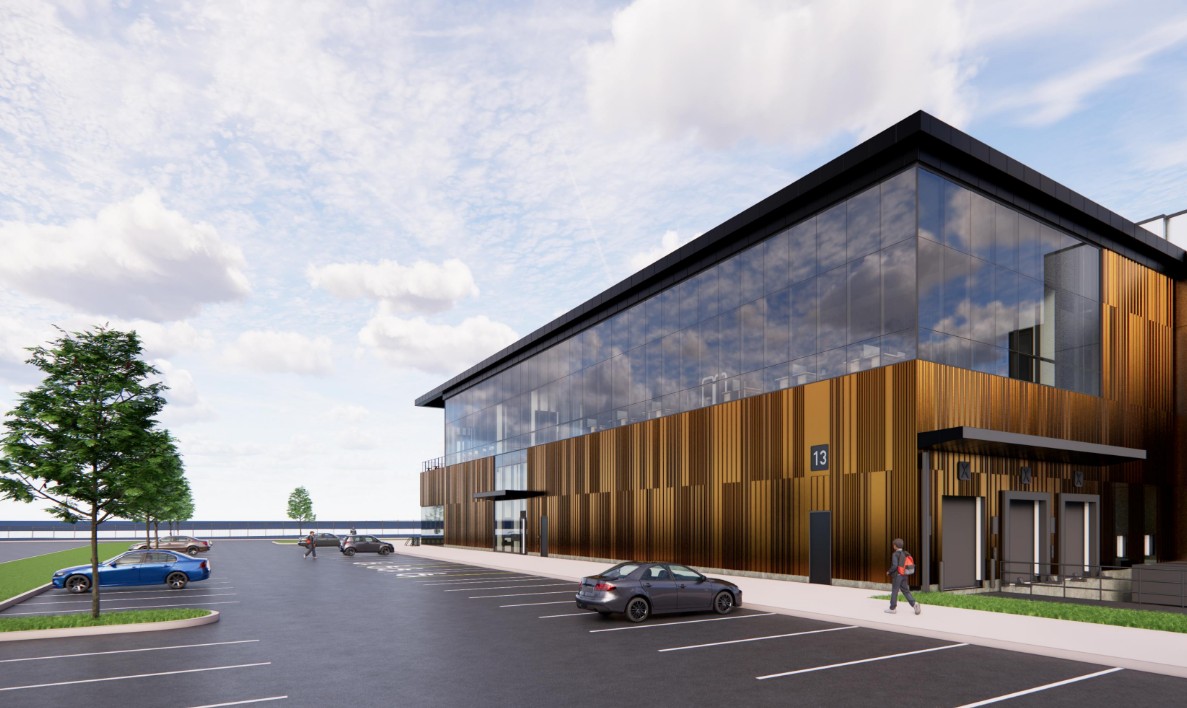
In a groundbreaking move towards sustainability, Microsoft is experimenting with wooden data centers in Northern Virginia. This innovative approach aims to reduce the tech giant's carbon footprint and contribute to its ambitious climate goals.
A New Approach to Data Center Construction
Traditionally, data centers have been built using steel and concrete, materials known for their high carbon emissions during production. Microsoft's new project utilizes cross-laminated timber (CLT), a fire-resistant wooden material, in combination with steel and concrete in a hybrid design.
The use of CLT is expected to significantly reduce the embodied carbon emissions of these data centers:
- 35% reduction compared to traditional steel construction
- 65% reduction compared to standard concrete construction
Addressing the AI-Driven Data Center Boom
The rapid growth in data center demand, fueled by the artificial intelligence race, has posed challenges to Microsoft's carbon reduction efforts. While the company has made progress in reducing direct emissions, indirect emissions from data centers have increased by 30.9% over three years.
Benefits of CLT Construction
Despite being more expensive than traditional materials, CLT offers several advantages:
- Lighter weight, requiring less steel in construction
- Reduced construction time
- Less need for skilled labor
- Potential cost-effectiveness for large projects due to economies of scale
Part of a Larger Sustainability Initiative
This wooden data center project is just one aspect of Microsoft's comprehensive approach to sustainability. The company has set ambitious targets:
- Become carbon negative by 2030
- Offset all emissions since its founding (1975) by 2050
To achieve these goals, Microsoft is also:
- Investing in green building material companies
- Exploring hydrogen-based steel production
- Partnering with firms developing zero-carbon cement alternatives
Industry Impact
As a major player in the tech industry, Microsoft's commitment to sustainable construction could have far-reaching effects. The company's size and influence may drive wider adoption of these eco-friendly technologies across the sector.
This innovative approach to data center construction represents a significant step forward in the tech industry's efforts to reduce its environmental impact. As the demand for data centers continues to grow, sustainable building practices will play an increasingly critical role in mitigating the sector's carbon footprint.